Notre-Dame de Paris
Origin of Mary Worship

The Notre-Dame de Paris cathedral is one of the most symbolic constructions of medieval Christianity in Europe and is the epitome of the Gothic style and secret knowledge of the Knights Templar. Located in the heart of Paris, on Île de la Cité, Notre-Dame de Paris cathedral is visited every day by more than 50,000 Christians from all over the world. It was also at Notre-Dame de Paris that famous French Emperor Napoleon Bonaparte and his wife Josephine were consecrated in December 1804 by Pope Pius VII.
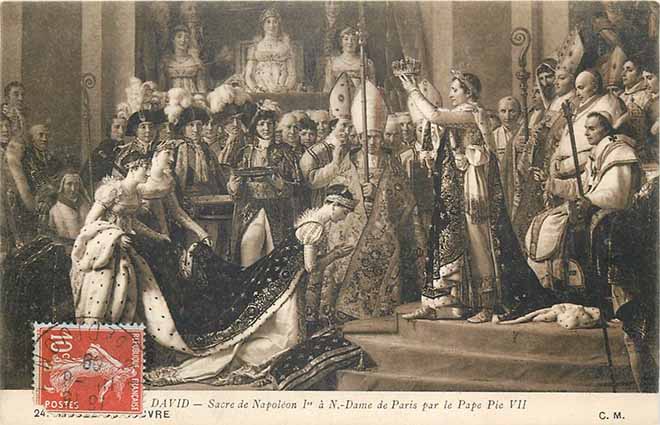
Built in homage to the Virgin Mary, whom French people call Notre Dame, the cathedral of Notre-Dame de Paris inspired famous writers like Victor Hugo who recounts in his series of novel The Hunchback of Notre-Dame (1831) the tragic history of Quasimodo and Esmeralda, a pretty Bohemian gypsy who draws the wrath and lust of Vicar Frollo before being hanged on the esplanade of the cathedral. It is on the parvis of Notre-Dame de Paris, where Esmeralda was sadly executed, that kilometer zero lies, which is used to calculate the radius separating Paris from other French metropolises.
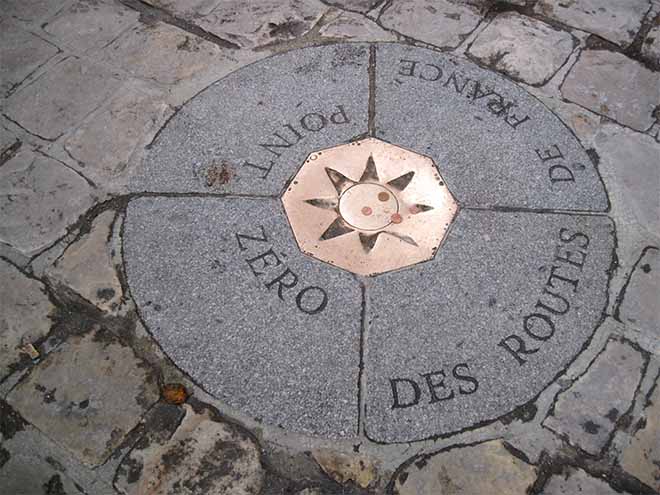
Gothic cathedrals era
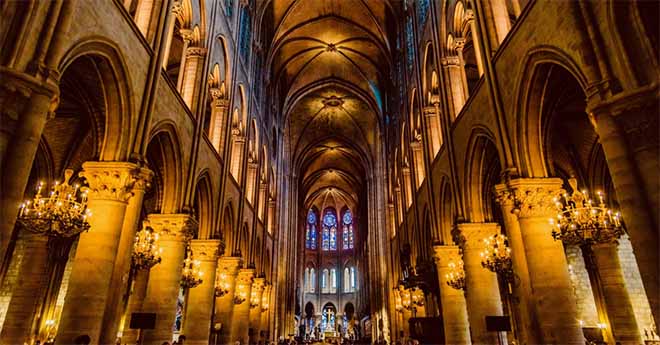
Between the second half of the twelfth century and the first half of the thirteenth century was initiated in France a huge wave of Gothic monuments construction (a new architectural style) which would give birth to many cathedrals across the country, the first of which being Notre-Dame de Paris. The construction of Notre-Dame de Paris begun in 1163 at the will of Archbishop Maurice de Sully and lasted 182 years, during which various Gothic elements of different styles inspired by other majestic French cathedrals were superimposed.
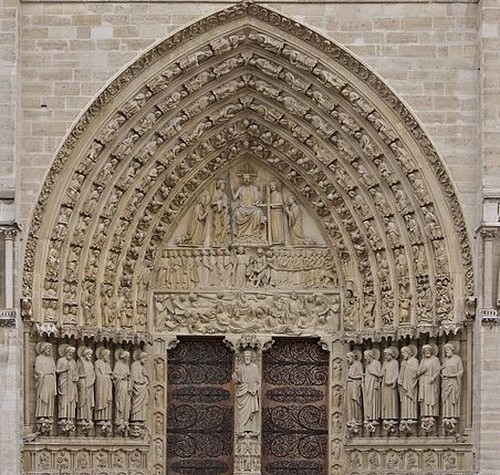
Île de la Cité, where Notre-Dame de Paris is located in the Seine, has been a sacred place since time immemorial and emanates from this place a unique aura. Even before Middle Ages Christians started to think of building a cathedral there, the place had already been the seat of countless religious monuments: temple, basilica, chapel ... Influenced by the return of the Knights Templar from Holy Land, the first works at Notre-Dame de Paris coincide with a new construction fury eager to bring about an architectural change; thus old Roman basilicas are destroyed in favor of lighter and more transcendent buildings, ribbed vaults began to appear.
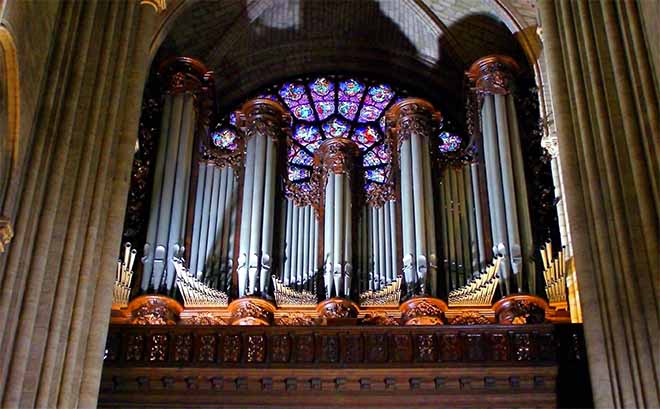
Veneration of Mary and the origin of Mary worship
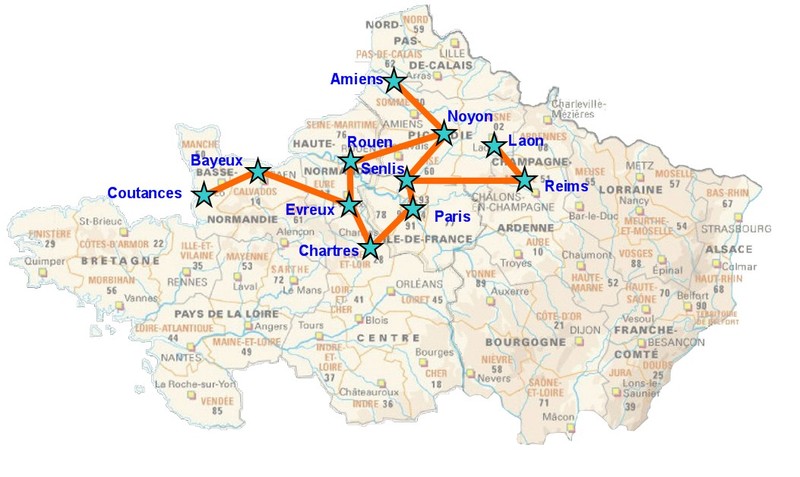
The construction of the great cathedral of Notre-Dame de Paris initiated in northern France a building frenzy. Consequently, in the century that followed, it would be in turn Strasbourg, then Bourges, followed by Chartres, Rouen, Reims, Amiens, Beauvais and many others. It is surprising to note that if one joins all these places on a map, the traces form the Virgo constellation. But it is even more puzzling to note that during Antiquity, all these places were occupied by celts who already had an adulation to them as the menhirs built in these lands demonstrate. This implies, therefore, that the Marian cult has even more distant origins than Christianity, and that Celtic people already worshiped the Virgin Mary at that time and possessed knowledge of astronomy and geography, the provenance of which is unknown.
Knights Templar secret wisdom and sacred geometry
At the dissolution of the Knights Templar by French Emperor Philip the Fair in 1307, the Gothic style and its architectural wonders, attributed to the wisdom and divine knowledge of the Knights Templar, began to overload and lose its luster. Gradually, ribbed vaults were abandoned and at the beginning of the Renaissance, Gothic architecture was replaced by a new style. The Notre-Dame de Paris cathedral nevertheless remains the symbol of a sacred period characterized by great achievements.









































































































































































































































































































































